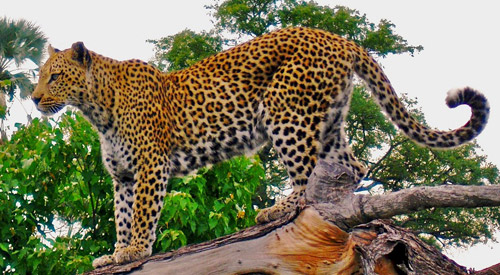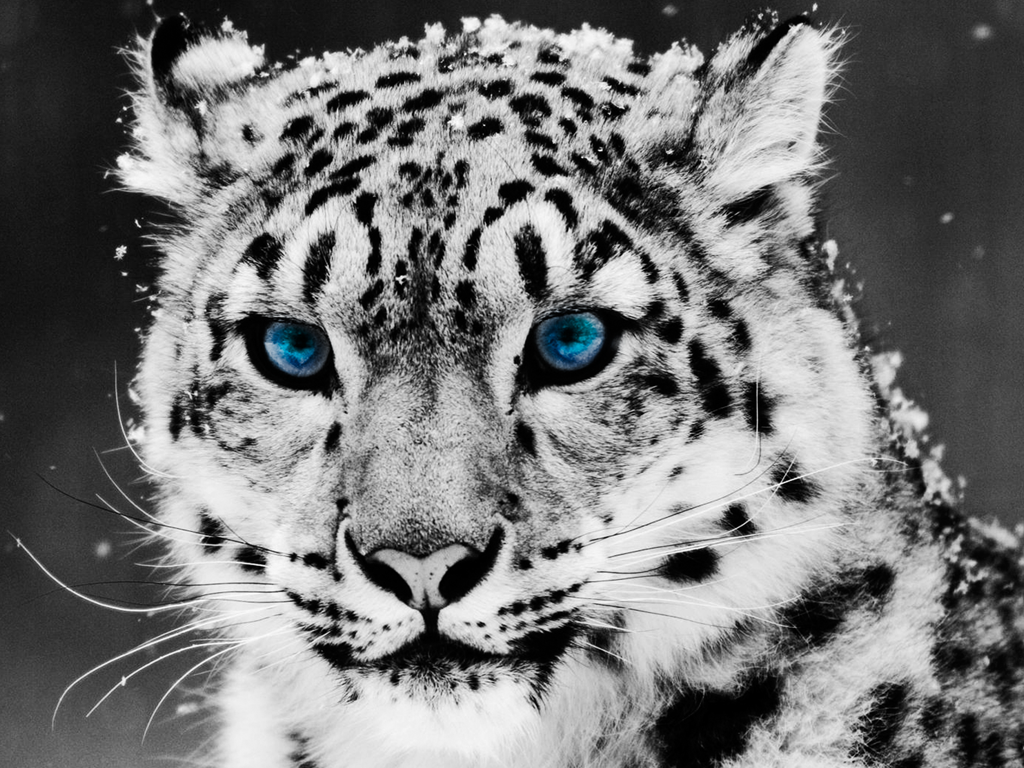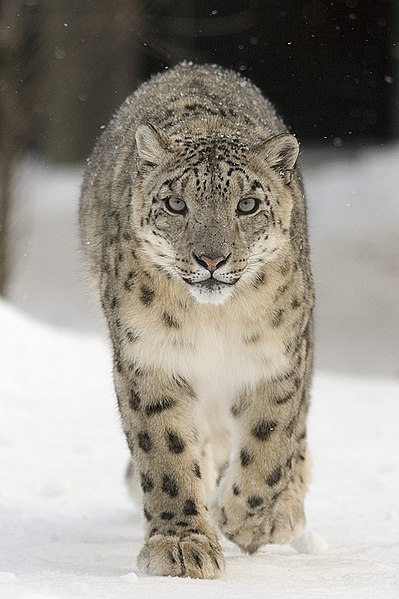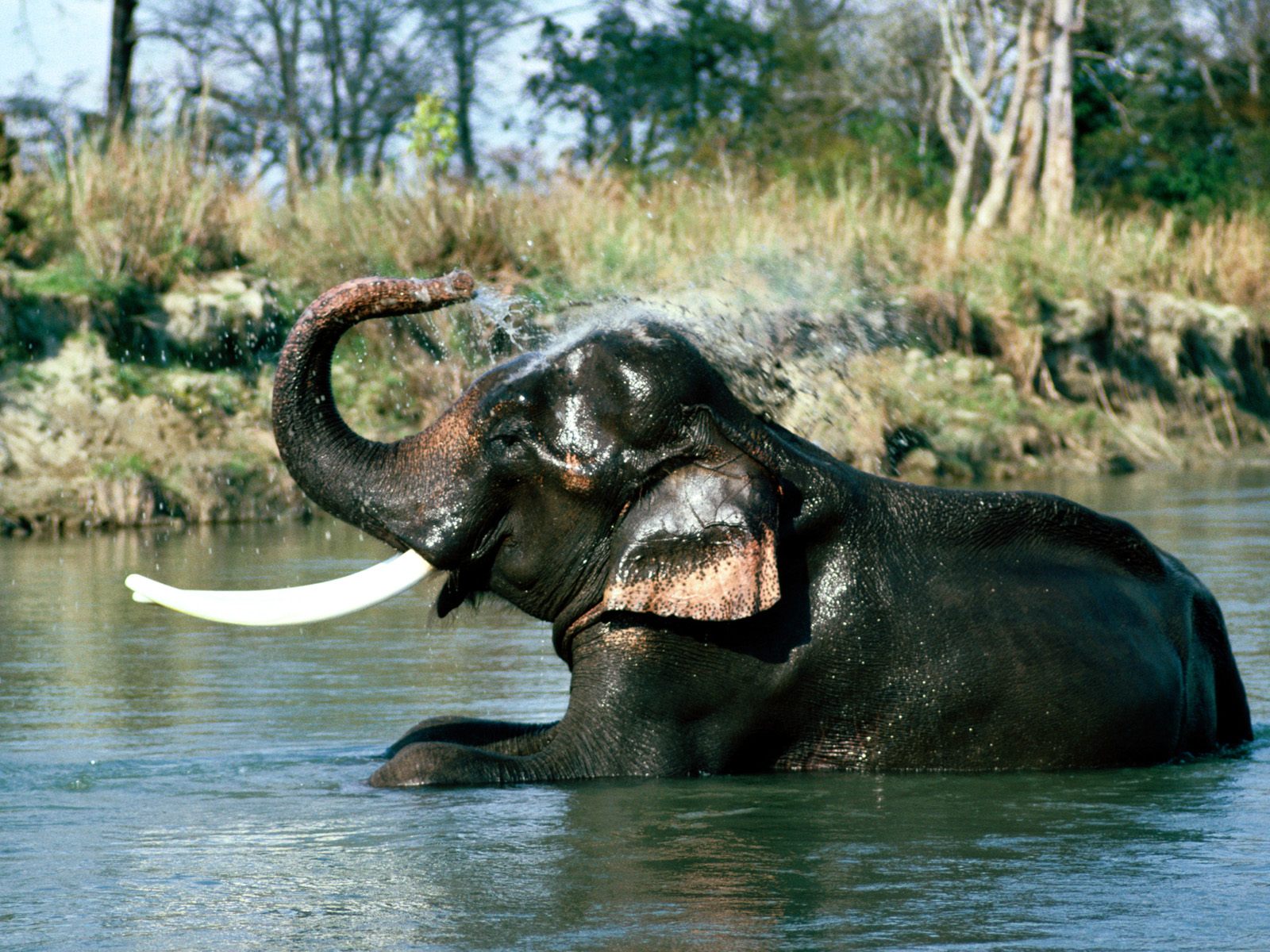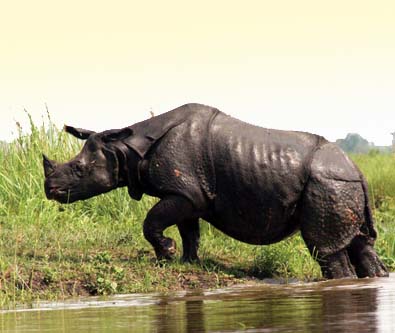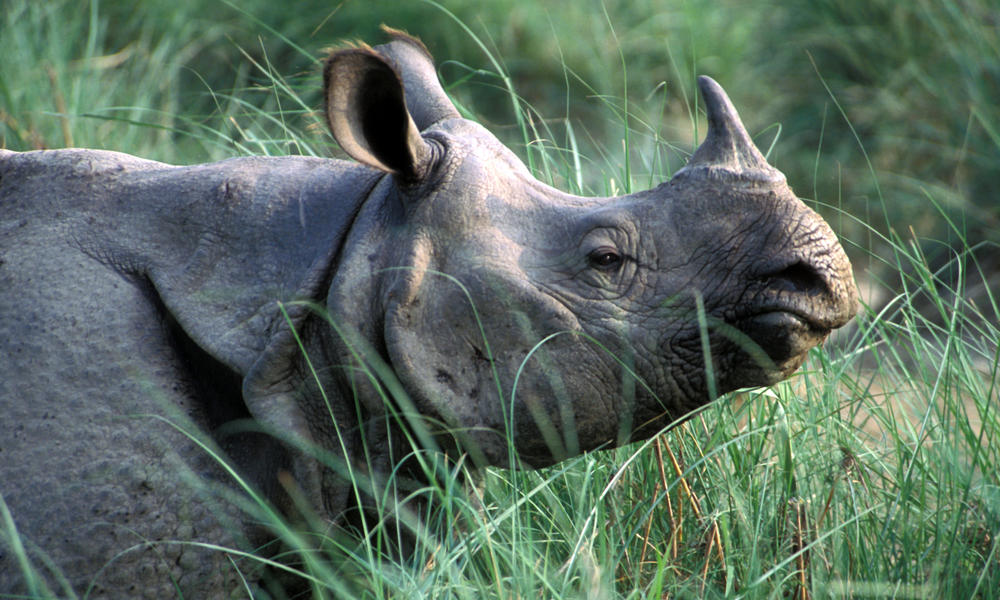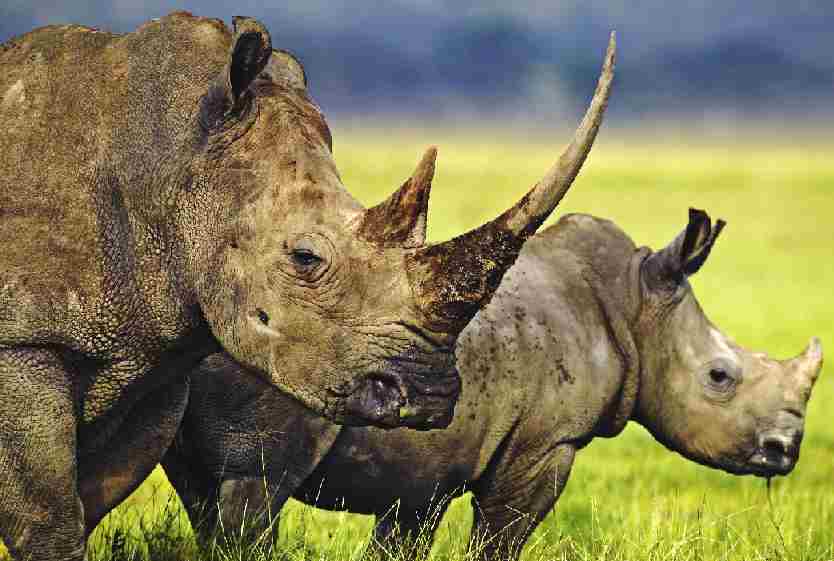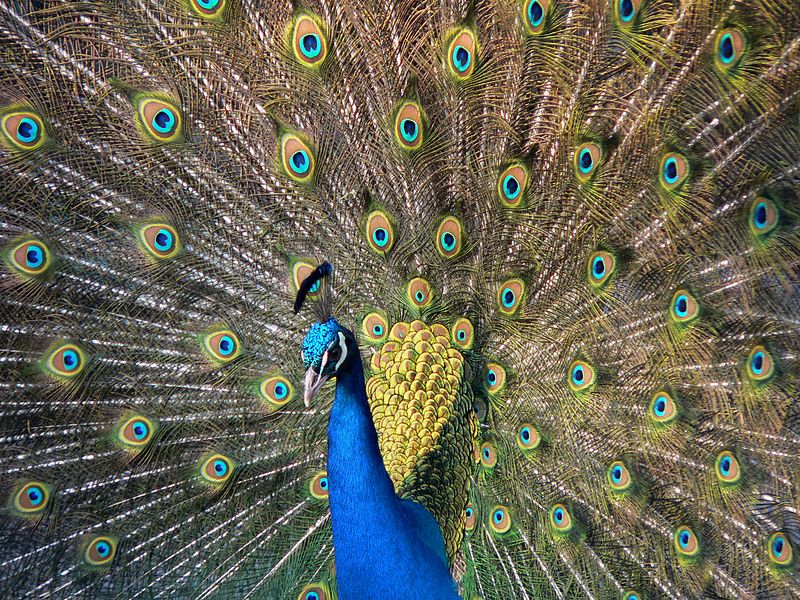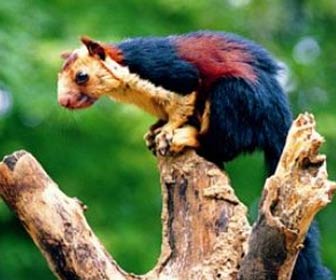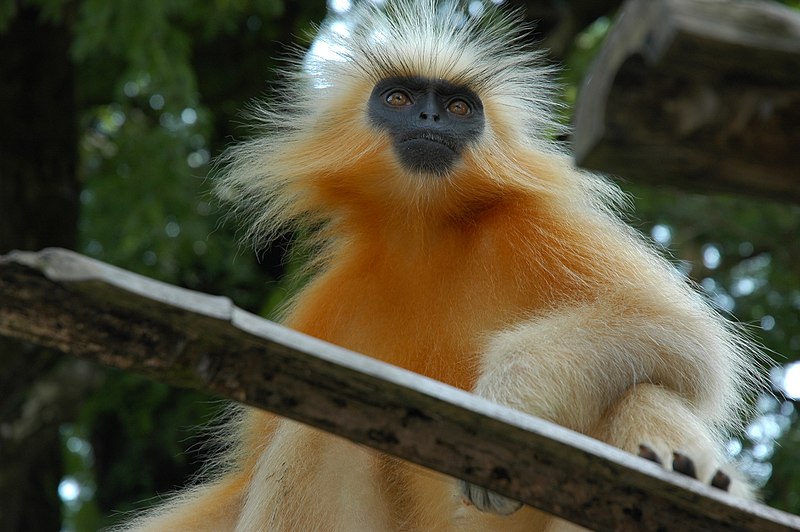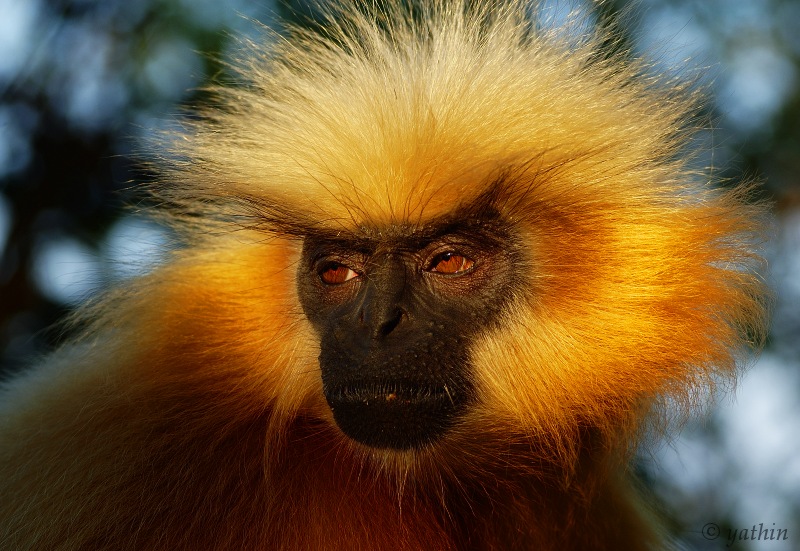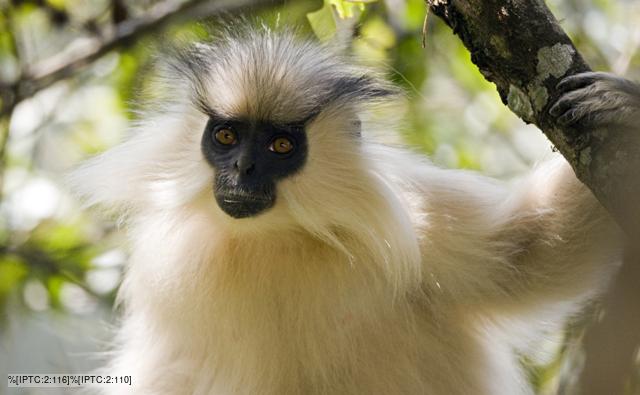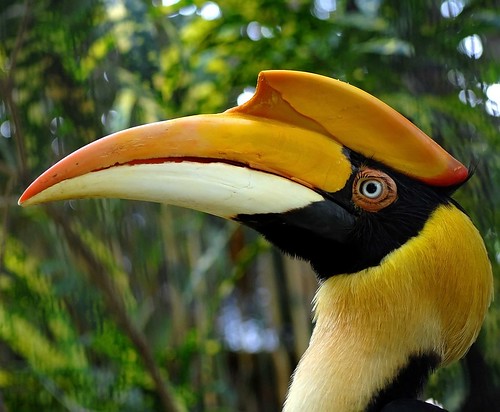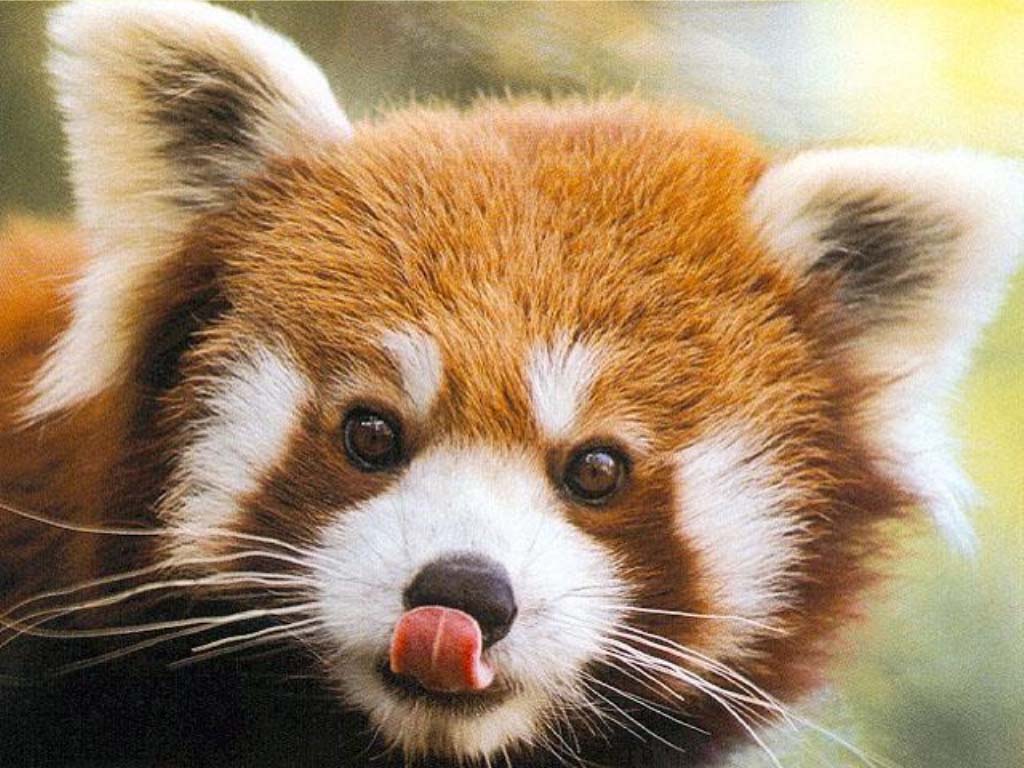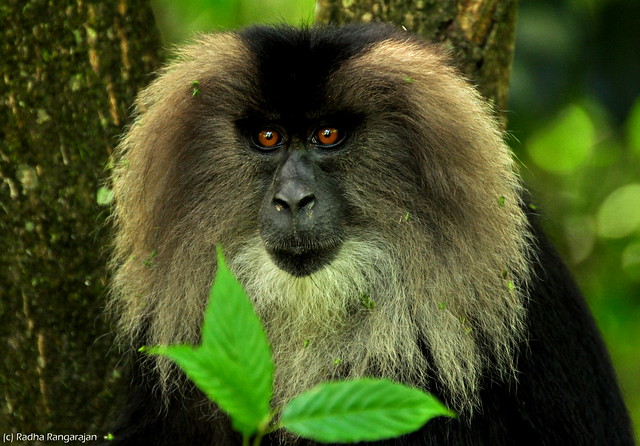Cherokee
SENIOR MEMBER

- Joined
- Jul 5, 2012
- Messages
- 6,722
- Reaction score
- -15
- Country
- Location
India is one of the 17 most megadiverse countries on this Planet . This thread is to show megadiversity of India . Anyone can add to this thread and leave thanks but please don't chat on this thread unless i am done as it will spoil a thread and i cannot lock and unlock it according to my wishes .
India, lying within the Indomalaya ecozone, is home to about 7.6% of all mammalian, 12.6% of avian, 6.2% of reptilian, and 6.0% of flowering plant species.Many ecoregions, such as the shola forests, also exhibit extremely high rates of endemism; overall, 33% of Indian plant species are endemic.
I will start with animals and birds and later move on to the Plants .
I will request Modasaurus @Aeronaut and others to keep this thread clean
Bengal Tigers
The Bengal tiger (Panthera tigris tigris) is the most numerous tiger subspecies. Its populations have been estimated at 1,7061,909 in India, 440 in Bangladesh, 124229 in Nepal and 6781 in Bhutan.
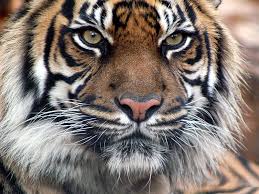


Dhole
The dhole (Cuon alpinus), also called the Asiatic wild dog or Indian wild dog, is a species of canid native to South and Southeast Asia. It is the only extant member of the genus Cuon, which differs from Canis by the reduced number of molars and greater number of teats. The dholes are classed as endangered by the IUCN, due to ongoing habitat loss, depletion of its prey base, competition from other predators, persecution and possibly diseases from domestic and feral dogs
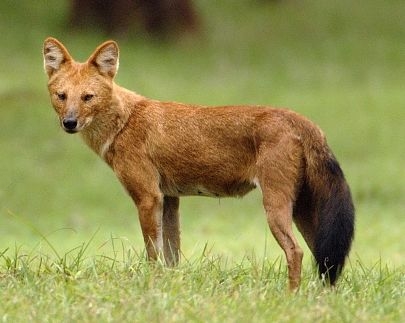


Asiatic Lion
The Asiatic lion (Panthera leo persica), also known as the Indian lion, is a lion subspecies that exists as a single isolated population in India's Gujarat State. It is listed as Endangered by IUCN based on the small population size. The lion population has steadily increased in Gir Forest National Park, more than doubling from a low of 180 individuals in 1974 to a level of 411 individuals consisting of 97 adult males, 162 adult females, 75 sub-adults, and 77 cubs as of April 2010
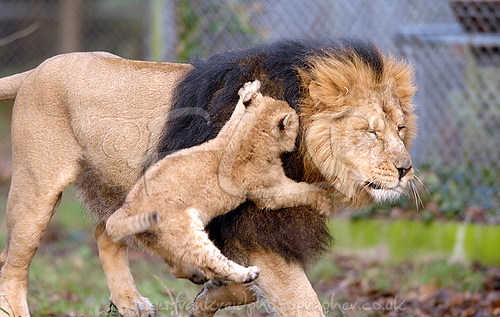
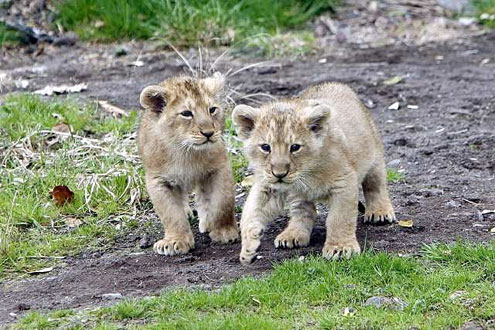
India, lying within the Indomalaya ecozone, is home to about 7.6% of all mammalian, 12.6% of avian, 6.2% of reptilian, and 6.0% of flowering plant species.Many ecoregions, such as the shola forests, also exhibit extremely high rates of endemism; overall, 33% of Indian plant species are endemic.
I will start with animals and birds and later move on to the Plants .
I will request Modasaurus @Aeronaut and others to keep this thread clean
Bengal Tigers
The Bengal tiger (Panthera tigris tigris) is the most numerous tiger subspecies. Its populations have been estimated at 1,7061,909 in India, 440 in Bangladesh, 124229 in Nepal and 6781 in Bhutan.

Dhole
The dhole (Cuon alpinus), also called the Asiatic wild dog or Indian wild dog, is a species of canid native to South and Southeast Asia. It is the only extant member of the genus Cuon, which differs from Canis by the reduced number of molars and greater number of teats. The dholes are classed as endangered by the IUCN, due to ongoing habitat loss, depletion of its prey base, competition from other predators, persecution and possibly diseases from domestic and feral dogs



Asiatic Lion
The Asiatic lion (Panthera leo persica), also known as the Indian lion, is a lion subspecies that exists as a single isolated population in India's Gujarat State. It is listed as Endangered by IUCN based on the small population size. The lion population has steadily increased in Gir Forest National Park, more than doubling from a low of 180 individuals in 1974 to a level of 411 individuals consisting of 97 adult males, 162 adult females, 75 sub-adults, and 77 cubs as of April 2010


Last edited by a moderator:


